Snook
Snook Regulations
[one_halfs]
[one_half]Atlantic
(state and adjacent federal waters, including Lake Okeechobee and Kissimmee River)
Season: Closed Dec. 15-Jan. 31 and June 1-Aug. 31
Slot Limit: Not less than 28″ or more than 32″ total length
Daily Bag Limit: 1 per harvester per day; zero captain and crew for-hire limit
Special regulations apply for this species when fishing in Biscayne National Park.[/one_half]
[one_half]Gulf, Monroe County, Everglades National Park
(state and adjacent federal waters)
Regular season closures: Closed Dec. 1-end of February and May 1-Aug. 31
Slot Limit: Not less than 28″ or more than 33″ total length
Daily Bag Limit: 1 per harvester per day; zero captain and crew for-hire limit
Special regulations apply for this species when fishing in Biscayne National Park.[/one_half]
[/one_halfs]
To catch Snook in Florida, follow these steps:
1. Know the regulations: Familiarize yourself with the fishing regulations specific to the area you plan to fish in Florida. Snook is regulated by slot limits, closed seasons, and bag limits, so make sure you are aware of the rules before you start fishing.
2. Choose the right time: Snook fishing is best during the warmer months, usually from spring through fall. They are more active during the early morning and late evening hours, so plan your fishing trips accordingly.
3. Find the right spot: Snook tend to gather near inlets, jetties, bridges, and mangrove-lined shorelines, where there is ample structure and swift current. Look for areas with submerged rocks, docks, fallen trees, and other structures where Snook might seek shelter or ambush prey.
4. Use the right bait and lures: Snook are known to go after a variety of live bait and lures. Common live baits include shrimp, pinfish, mullet, and pilchards. For lures, try using jerkbaits, swimbaits, spoons, or jigs. Choose lures that resemble the fish Snook typically feed on, such as small baitfish or shrimp.
5. Approach with stealth: Snook can be easily spooked, so it’s important to approach fishing spots quietly. Use shrimp as bait to attract them initially, and once you’ve caught one, carefully observe its behavior to get an idea of what they might be feeding on.
6. Perfect your casting: Snook are skilled at finding natural cover where they can escape, so accurate casting is crucial. Work on your accuracy and learn to cast where they are likely to be hiding. Cast near structures, under docks, or along the edges of mangroves.
7. Be patient and persistent: Snook can be elusive and selective when it comes to feeding. Catching them requires patience and persistence. Keep trying different lures, baits, and fishing spots until you find what works best in your area.
8. Handle with care: If you do catch a Snook, handle them with care. They have a protective slime on their skin that helps fight off infections, so avoid touching or handling them with dry hands. Use wet hands or a wet towel to hold them gently, and be sure to release them safely and quickly to ensure their survival.
Remember to always practice responsible and ethical fishing practices, respect the fishing regulations, and release any undersized or out-of-season Snook.
License Requirements: Snook permit and recreational fishing license.
NOTE: Prior to purchasing a snook permit, check the current regulations in the area you plan to fish. All sales are final. Refunds will not be given even if the species you plan to target is closed to harvest.
Allowable Gear: Hook and line only
Must remain in whole condition until landed.
Share this content:
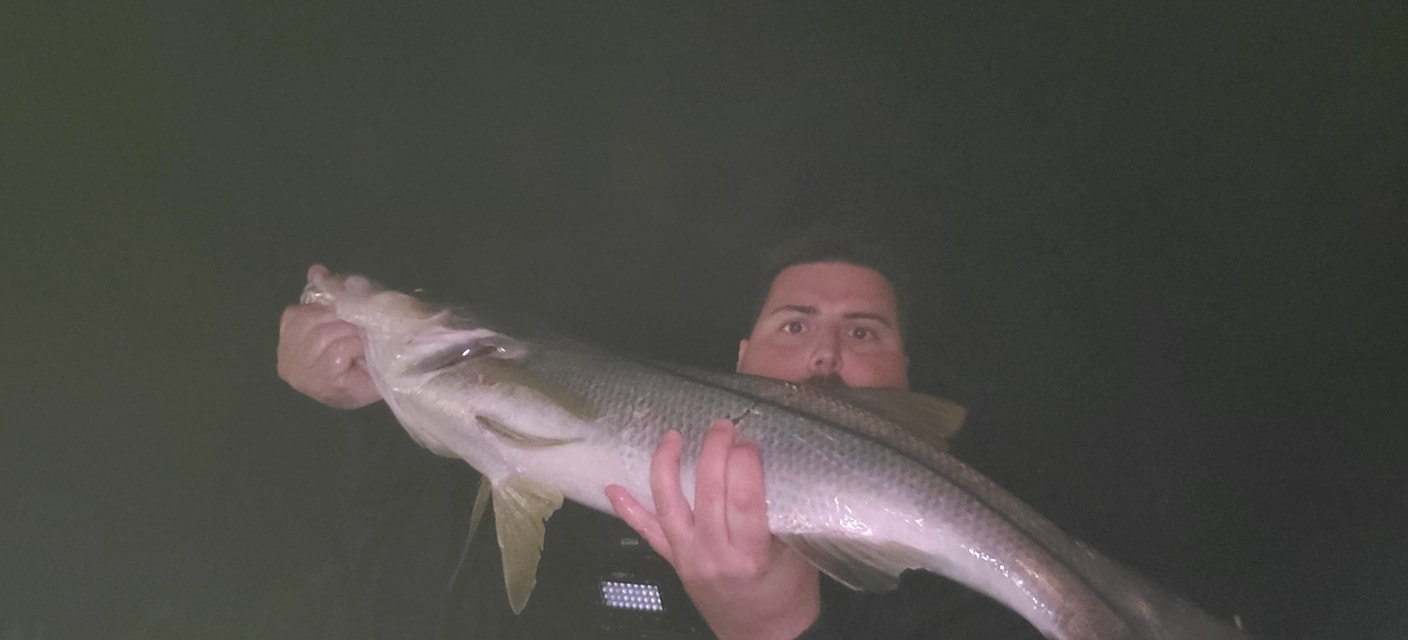
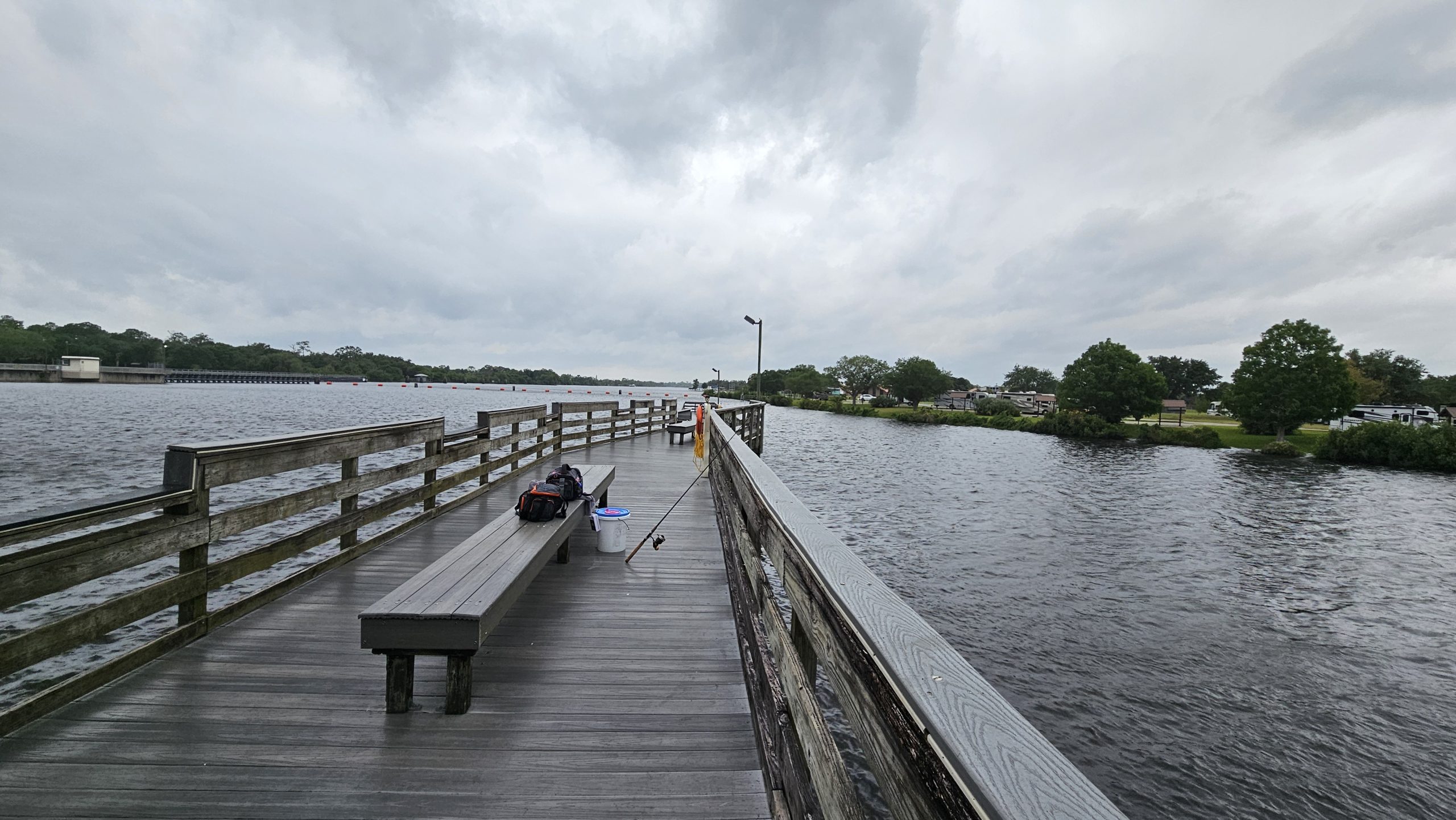
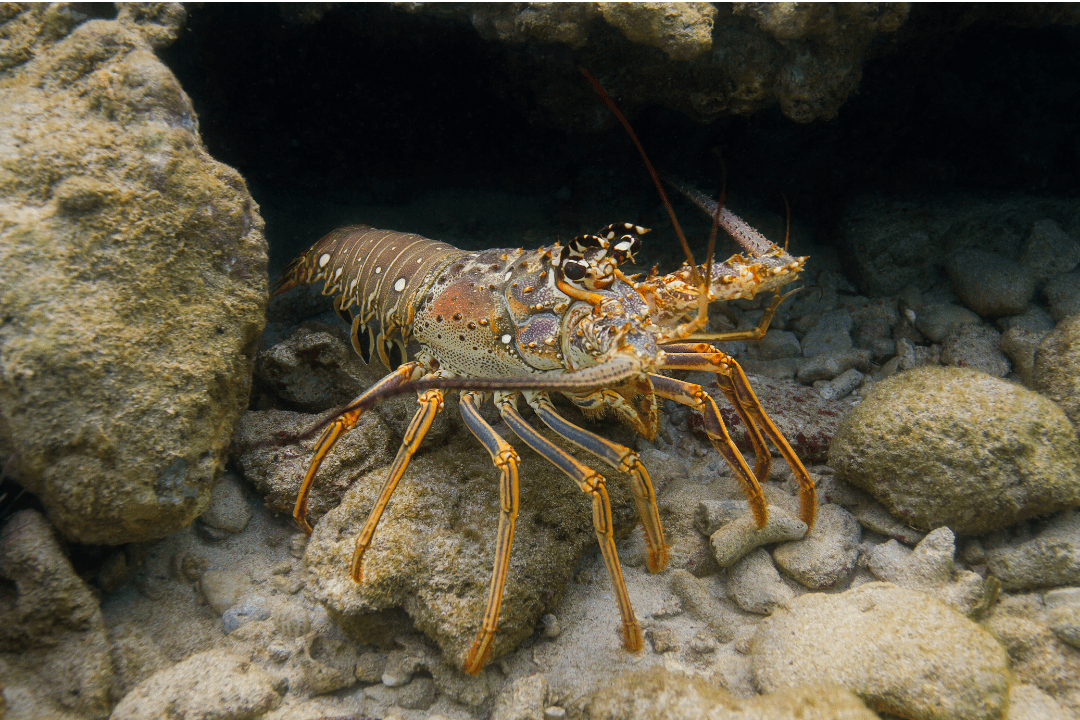


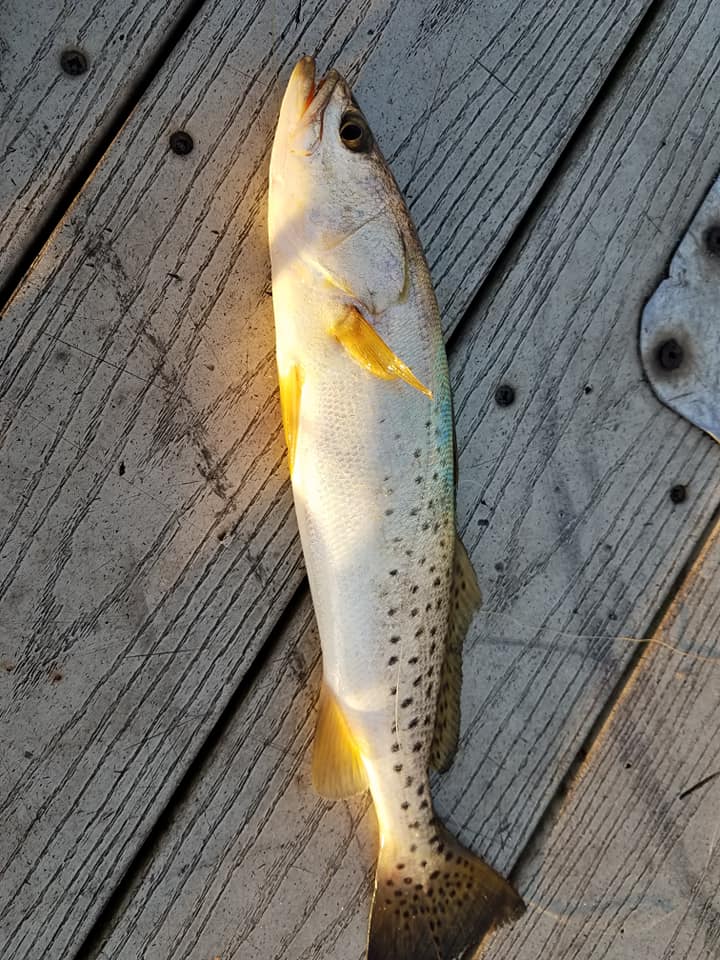
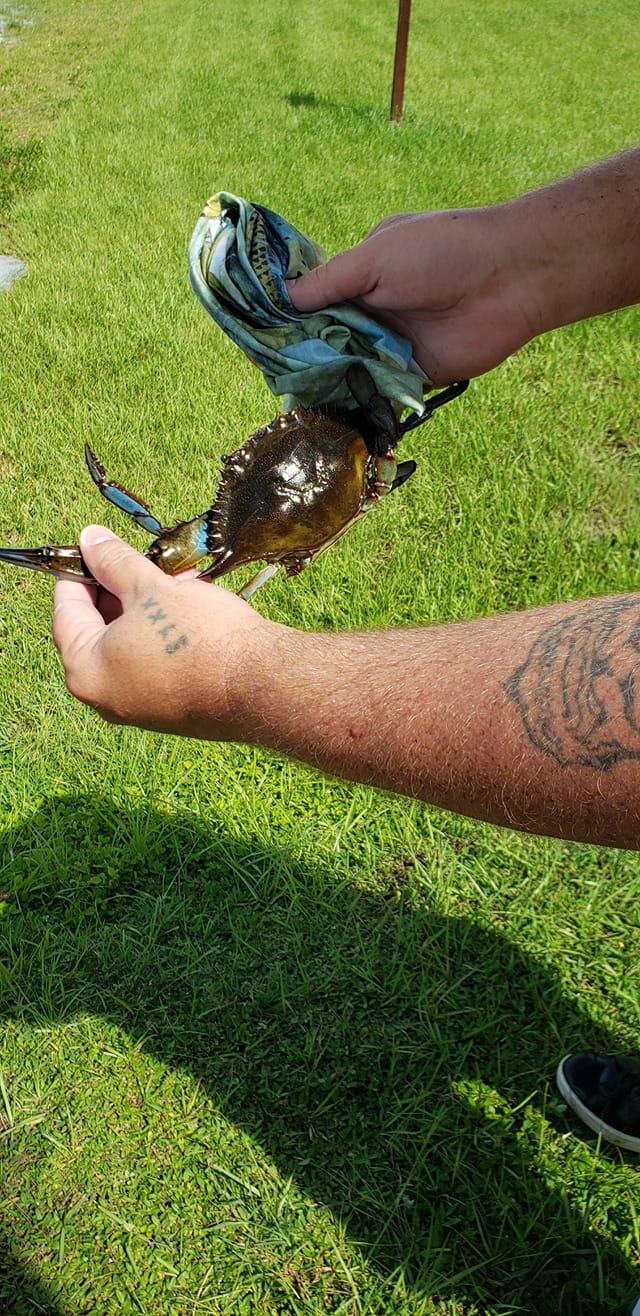
Post Comment
You must be logged in to post a comment.